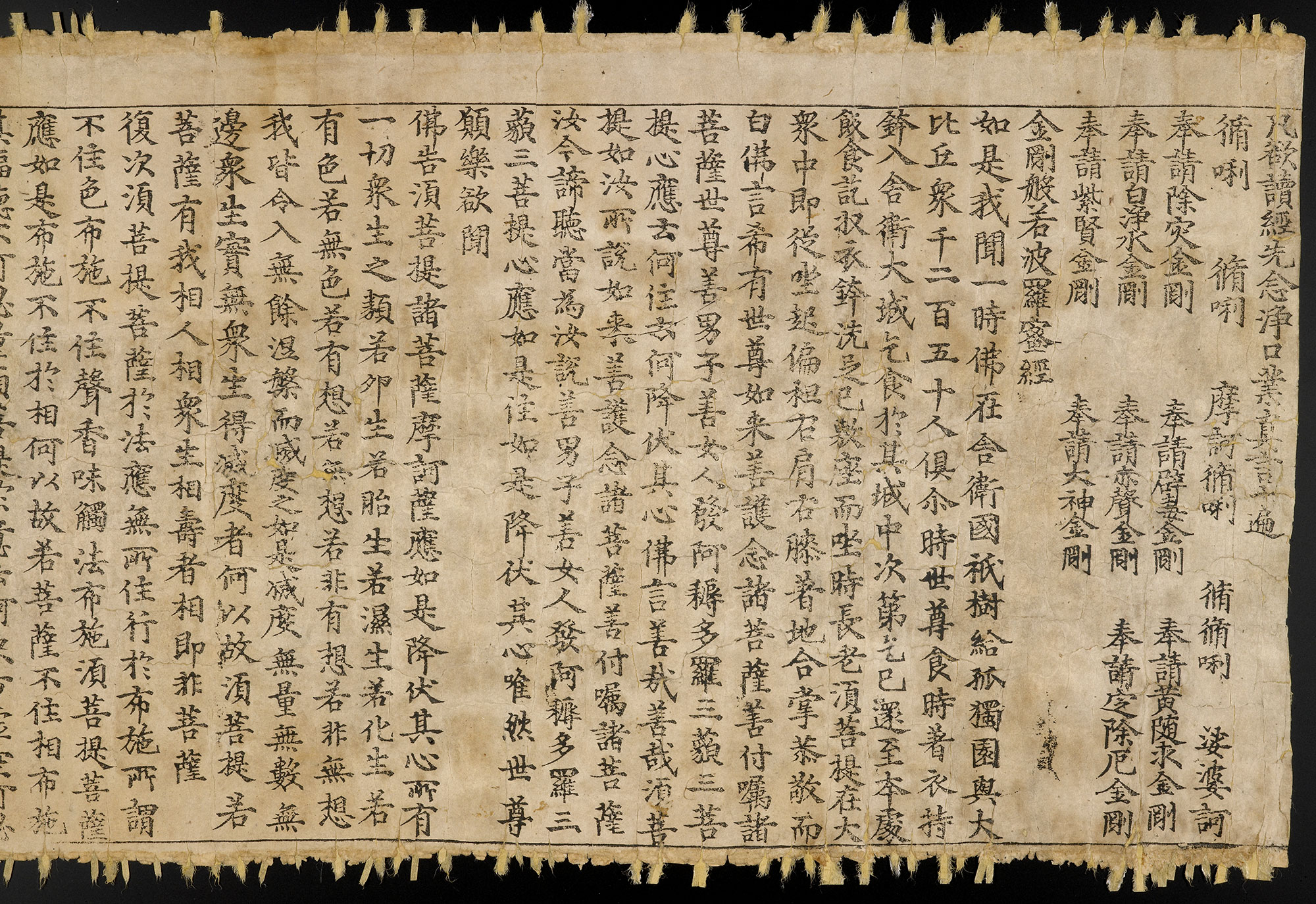To anyone unfamiliar with the history of Islam, it comes as something of a shock that it got started less than a millennium and a half ago. In that relatively short span of time, Islam has become the world’s second-largest religion, a fact that becomes more understandable when you see the running start to which it got off visualized in the video above. Created by Ollie Bye — previously featured here on Open Culture for his cartographical animations of the rise and fall of the British Empire, the spread of writing, and the history of the world — it depicts the spread of Islam, which began in earnest after the death of its founder, the prophet Muhammad, in the year 632, and whose legacy is the “Muslim world” as we know it today.
“By conquest and conversion, the new religion spread quickly westwards through the territories of the Byzantine empire,” says the Victoria and Albert Museum’s page on luxury objects of the period. “By the 640s, Muslim forces were advancing across North Africa, conquering Sicily in 652 and the Iberian Peninsula in 711.”
Let’s pause to give that achievement due consideration: Islam overtook Spain just a century after its foundation, a conquering speed that puts the Roman Empire in the shade. (The Muslims also managed to get the upper hand of the Persians, who’d presented such a stiff challenge to not just the Romans but the Greeks before them.) “By the early 8th century, Islamic territories had almost encircled the Mediterranean.“ ‘
“During this time Muslim rulers, soldiers, traders, Sufis, scholars, poets and architects all contributed to the shaping of distinctive Islamic cultures,” says the site of Harvard’s Pluralism Project. “Across the wide-reaching Islamic world, transregional Islamic culture mixed with local traditions to produce distinctive forms of statecraft, theology, art, architecture, and science.” (Nor should we neglect the delights of Moorish cuisine.) This Islamic Golden Age, like all golden ages, eventually came to an end. The center of civilization had shifted undeniably by the time of the European Renaissance — which, according to the Pluralism Project, may never have taken place “without the creativity and myriad achievements of Muslim scholars, thinkers, and civilizations.” And given that Islam remains the world’s fastest-growing major religion by births, it surely hasn’t exerted the last of its global influence just yet.
Related content:
Animated Map Shows How the Five Major Religions Spread Across the World (3000 BC – 2000 AD)
The Complex Geometry of Islamic Art & Design: A Short Introduction
How Arabic Translators Helped Preserve Greek Philosophy … and the Classical Tradition
A Visual Map of the World’s Major Religions (and Non-Religions)
The History of the World in One Video: Every Year from 200,000 BCE to Today
Based in Seoul, Colin Marshall writes and broadcasts on cities, language, and culture. His projects include the Substack newsletter Books on Cities, the book The Stateless City: a Walk through 21st-Century Los Angeles and the video series The City in Cinema. Follow him on Twitter at @colinmarshall or on Facebook.






